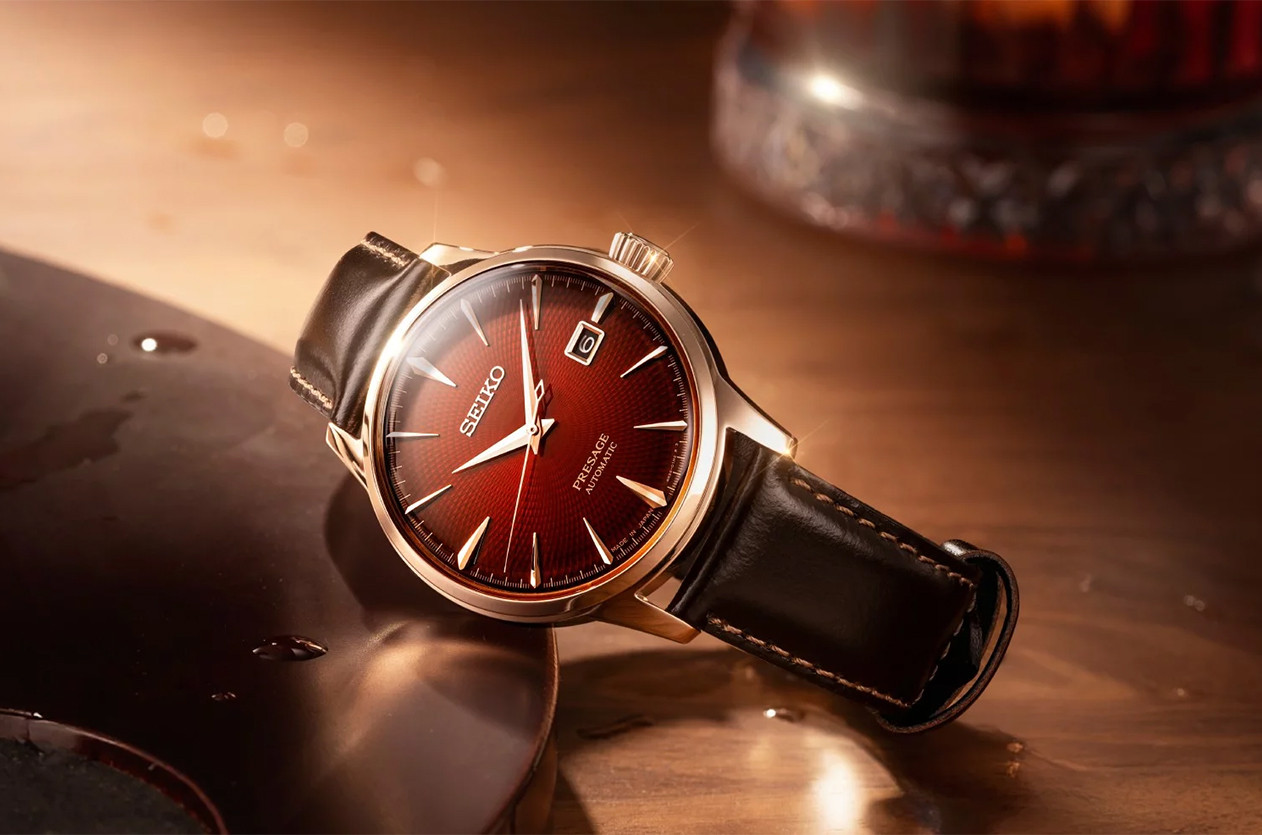
Introducing Seiko Unveils the Presage Cocktail Time SRPL96J “The Conte”
Welcome to the hub of the horoloy
Latitude is the angular distance of a specific location on the Earth's surface north or south of the equator. Lines of latitude start at the equator (0 degrees latitude) and extend east and west, parallel to the equator. Latitude is measured in degrees north or south of the equator up to 90 degrees at the North and South Poles. Latitude plays a crucial role in determining location and climate.
Latitude is an important factor to consider when determining the position of a watch wearer in relation to the geographical coordinates of the Earth. It plays a significant role in some watch features that rely on geographical data, such as the complication of world time or sunrise/sunset indicators. By incorporating latitude data into these watch functions, users can accurately track time and anticipate daylight hours based on their position relative to the equator.
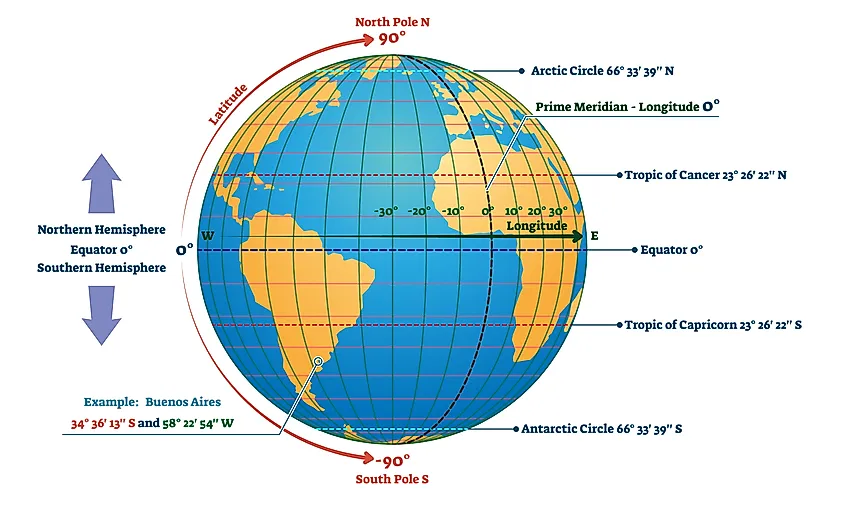

News Dubai Watch Week 2025 Will Be the Largest Ever with 90 Brands Participating

Technical The Frequency, Why It Matters in Mechanical Watches

Editorial The Secrets of Watch Case Design
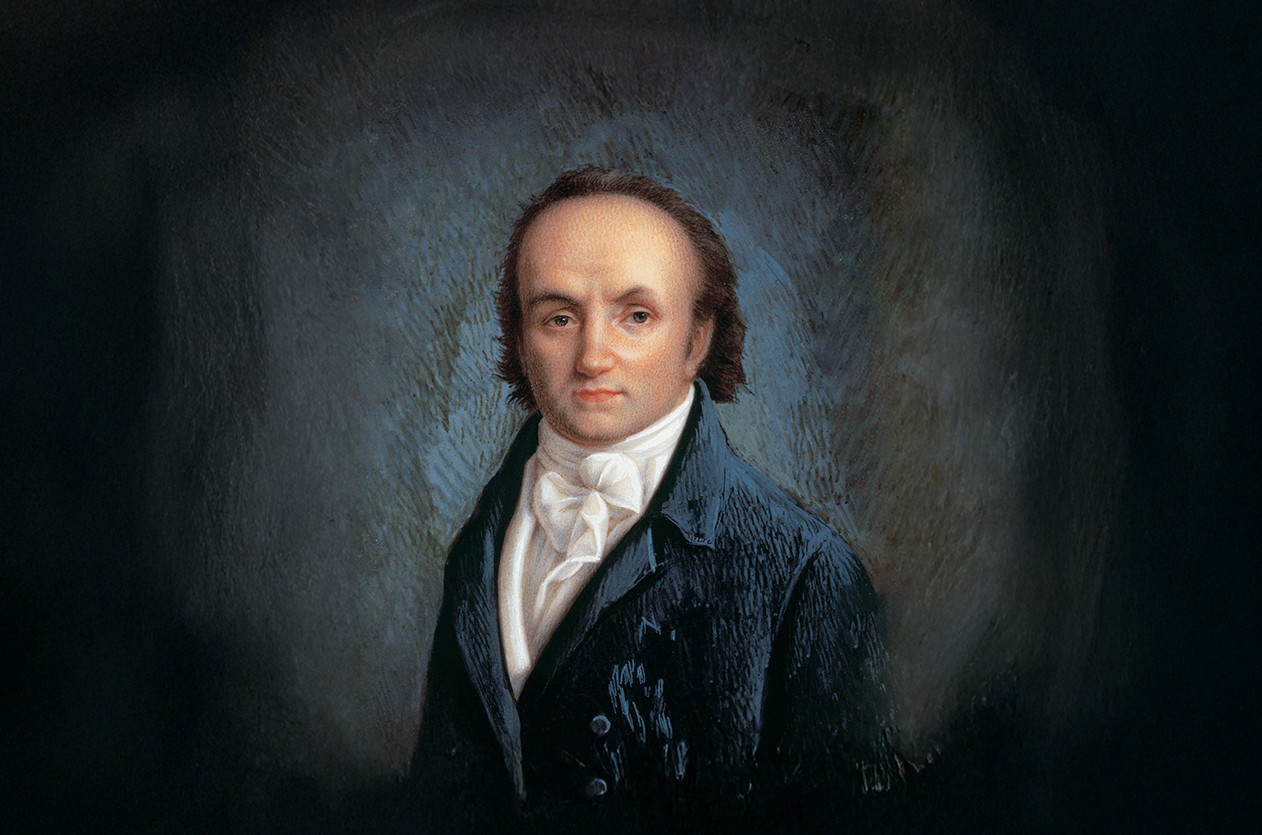
Editorial Abraham-Louis Breguet, The Father of Modern Horology
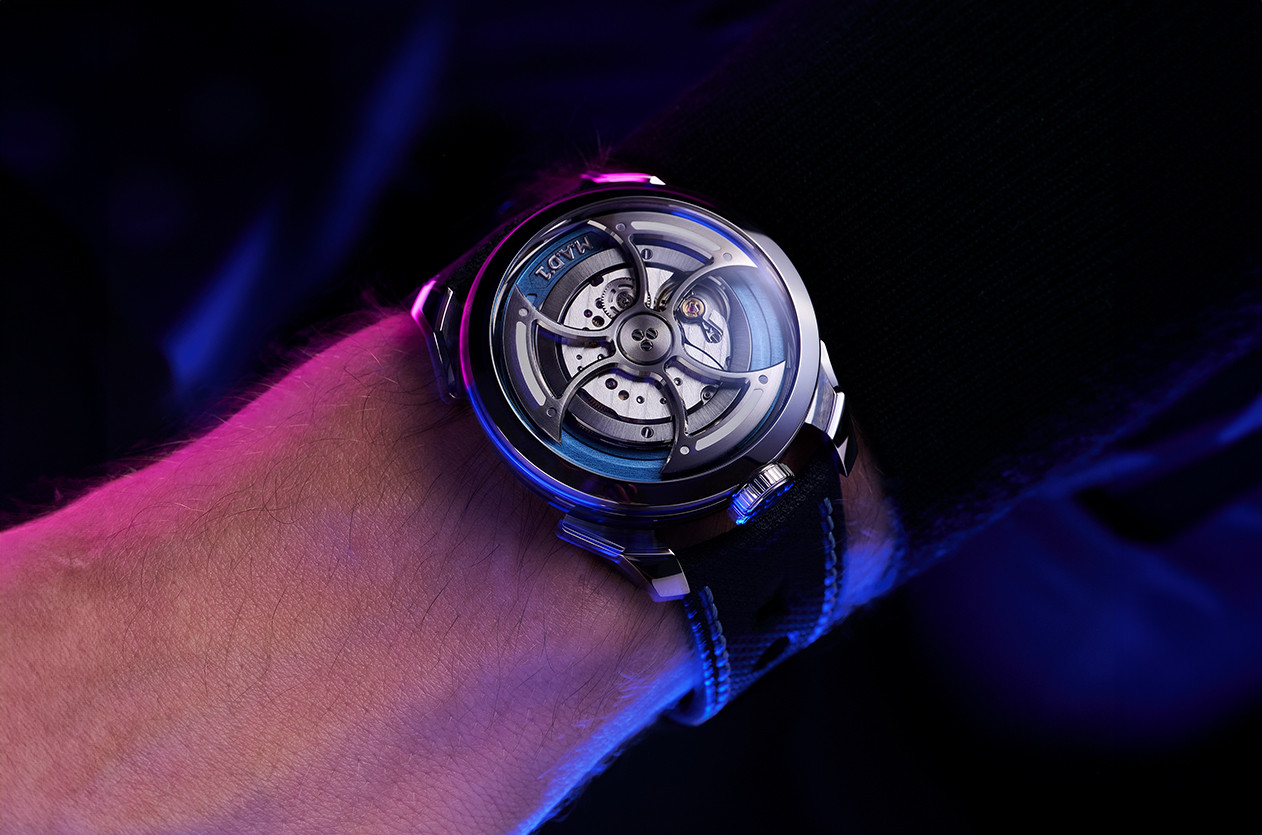
Introducing MB&F Unveils the New Generation of Its Famous Collection the M.A.D.1S
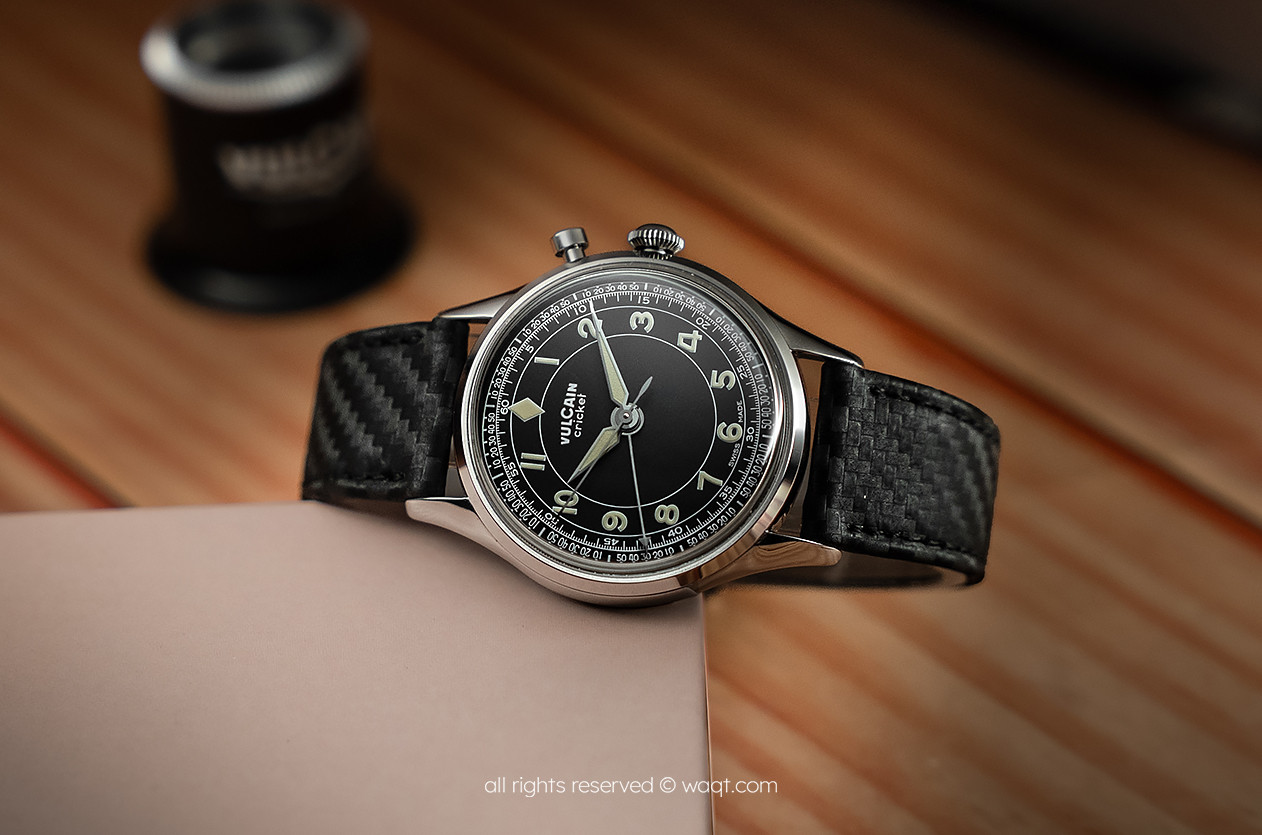
Hands on Vulcain Cricket Classic 39mm Black & Khaki